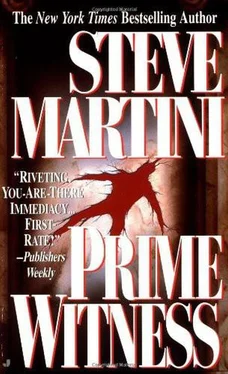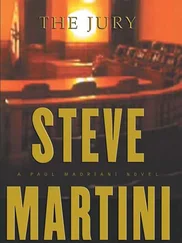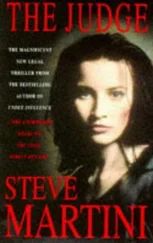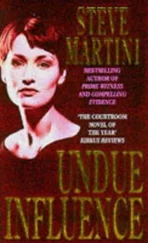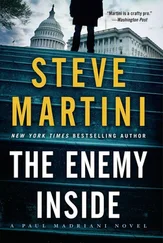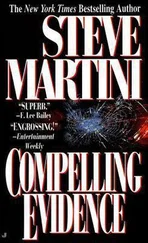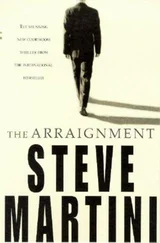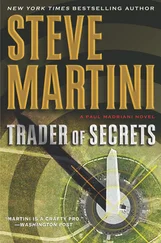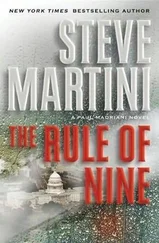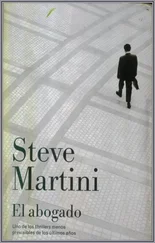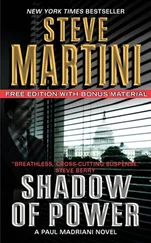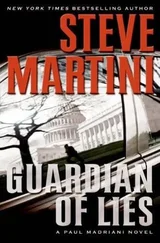Steve Martini - Prime Witness
Здесь есть возможность читать онлайн «Steve Martini - Prime Witness» весь текст электронной книги совершенно бесплатно (целиком полную версию без сокращений). В некоторых случаях можно слушать аудио, скачать через торрент в формате fb2 и присутствует краткое содержание. Год выпуска: 1992, ISBN: 1992, Издательство: Jove, Жанр: Триллер, на английском языке. Описание произведения, (предисловие) а так же отзывы посетителей доступны на портале библиотеки ЛибКат.
- Название:Prime Witness
- Автор:
- Издательство:Jove
- Жанр:
- Год:1992
- ISBN:9780515112641
- Рейтинг книги:5 / 5. Голосов: 1
-
Избранное:Добавить в избранное
- Отзывы:
-
Ваша оценка:
- 100
- 1
- 2
- 3
- 4
- 5
Prime Witness: краткое содержание, описание и аннотация
Предлагаем к чтению аннотацию, описание, краткое содержание или предисловие (зависит от того, что написал сам автор книги «Prime Witness»). Если вы не нашли необходимую информацию о книге — напишите в комментариях, мы постараемся отыскать её.
Prime Witness — читать онлайн бесплатно полную книгу (весь текст) целиком
Ниже представлен текст книги, разбитый по страницам. Система сохранения места последней прочитанной страницы, позволяет с удобством читать онлайн бесплатно книгу «Prime Witness», без необходимости каждый раз заново искать на чём Вы остановились. Поставьте закладку, и сможете в любой момент перейти на страницу, на которой закончили чтение.
Интервал:
Закладка:
This surprises me, but I’m beginning to understand his strategy here. Why bellow about the evidence, the gruesome nature of these crimes, if the premise of your case is that your client did not do them?
The first rule of courtroom combat: don’t complain unless it serves your ends. A lot of whining about these photographs, quibbling over the angles, may leave the jury with the impression that Adrian is trying to mitigate unpardonable crimes.
Instead he will distance the Russian from these acts. He will no doubt shower empathy on the victims’ families in his closing argument and administer a sound hiding to the police and prosecution for failing to find the true perpetrator of these horrid deeds.
Claude makes quick work of the photographs, identifying each as having been taken at the scene. I have them marked for identification and make a motion to put them into evidence.
Ingel looks at Chambers.
“No objection?” The judge seems a little incredulous, but Adrian waves him off.
“I’ll reserve judgment on the photographs until I have seen them all,” says Ingel. He wants a single motion for the photos in all four murders after he has seen the lot.
We repeat the exercise for the photos of Sharon Collins and Rodney Slate. I note Ingel looking hard at the Collins girl, Acosta’s niece, as we go over this shot.
“Is it necessary,” he says, “that we have such graphic pictures?”
What I had not expected, objections from the bench.
“There were brutal crimes committed here,” I tell him. “It’s appropriate that we do something to document that fact,” I say.
“Still,” he says, “we should be sensitive to the survivors.” He paws through the photos to find the one of the Collins girl. “This one,” he says, “is particularly bad.” Then he looks at me to see if I’ve noticed. “And several of these others.” He reaches back into the stack of shots he has already reviewed up on the bench. “I think some of these we can do without.”
Though it is rarely used, the court has the power, on its own motion, to limit evidence which is highly prejudicial in a case. Ingel cites the section of law here and begins winnowing out my photographs, a little cover for the one shot he really wants to exclude, the naked frontal photo of Sharon Collins. He is shameless in his pandering to the delicate sensibilities of Armando Acosta. The clan of the black robe.
I am objecting from below the bench, but to no avail. With a quick slap of his gavel Ingel overrules my objection, and like that sanitizes the visual image of four grisly murders before this jury. He passes on the balance of the photos and lets them go to the jury.
I look over at Chambers, a Cheshire grin painted across his face. The court has done a good day’s work for him, without his even entering the fray.
I take Claude through the details of the crimes. He explains what he saw when he arrived at each of the murder scenes, how the victims were tied off with plastic-coated cord to metal stakes driven into the ground, and how a fifth stake was driven through the abdomen of each victim. He steers away from details, like the extrusion marks on the plastic coating. We will leave that for Kay Sellig and hope that we can find the missing piece of evidence before she testifies.
Claude is leading off for other later witnesses, the campus cop and tow truck operator who first opened the van and found the evidence, and Sellig who will hit cleanup for us.
When this is done in detail, I turn my attention to the one last item.
“Lieutenant Dusalt,” I say, “was there another set of murders, similar in respects to the college students killed here, which you also investigated about this same time?”
“There was,” he says. “The murder of Abbott Scofield, a member of the university faculty, and his former wife, Karen Scofield.”
I cannot afford to leave this for Chambers to take up for the first time in his case-in-chief. To avoid the similarities of these murders would be to leave the impression with the jury that we have something to hide.
“Lieutenant, can you tell the jury, at the time that the Scofield victims were first discovered, did your investigation initially operate on the theory that these crimes, the Scofield murders and the four student victims, were part of a series of crimes committed by a common perpetrator?”
“We did. That was our theory, initially,” he says.
“But as your investigation proceeded, facts came to light which caused you to alter that theory, is that correct?”
“It is.”
“Objection.” Chambers is up. “Leading the witness,” he says.
“Maybe if you would place your question in that form,” says Ingel. He sustains the objection.
I rephrase. “Did you alter your theory as to a single perpetrator in all of these crimes?”
“Yes.”
“And why did you do that?”
“Because certain facts came to light during our investigation, which caused us to suspect that this was not the case. That there was more than one killer at work here.”
“Can you tell the jury what those factors were?”
“There were several discrepancies with the Scofield murders that did not square with the others. The age of the victims for one thing. They were older than the college-age students taken in the first four murders. The method of killing was somewhat different,” he says.
“Also,” he says, “there was considerable facial disfigurement on one of the Scofield victims, Karen Scofield, a practice that was not followed in the murders of any of the other victims.”
He could reach for more, the blind in the trees, the dead birds at the site, the inkling that these have something to do with the Scofield crimes. But Claude is conservative. We have decided to stay away from these things for the time being.
“And what did you conclude, based upon these differences?”
“That there was a second killer, working independently, who was responsible for killing the Scofields, a copycat killer,” he says. “Someone who apparently had followed the details of the first four murders sufficiently to mimic them closely, but not precisely.”
“In your years in law enforcement have you ever experienced or heard of such a so-called copycat crime?”
“It’s not unheard of,” he says. “I’ve never investigated one before, but I know of cases.”
“And at the present time, the officers investigating the Scofield murders, are they continuing to operate on the belief that another killer, not Mr. Iganovich, is responsible for the Scofield crimes?”
“They are,” he says, “unless and until we receive other evidence, other information that may cause us to change our minds.”
Claude and I have carefully gone over this, some middle ground giving us enough wiggle room to charge the Russian if the evidence turns up, if we can find our prime witness. I take my chair, turn Claude over to Chambers.
Adrian is slow, deliberate in his movements toward the witness.
“May I approach?” he says, asking permission of Ingel to walk up to Claude on the stand. Adrian’s holding photographs in his hand.
“You may,” says Ingel.
“Lieutenant Dusalt. I’m going to show you some photographs and ask you if you can identify these.” He hands three eight-by-ten glossies to Claude. About the same time Bob Haselid, Adrian’s Keenan Counsel, delivers a set to the judge and drops another on me. These are investigative photographs of the Scofield murder scene, subpoenaed from our files by Adrian during discovery. He has everything but pictures of the bird blind, which is still under wraps of Judge Fisher’s modified discovery order, at least until we can find the witness.
“Do you recognize these photographs?” says Adrian.
Читать дальшеИнтервал:
Закладка:
Похожие книги на «Prime Witness»
Представляем Вашему вниманию похожие книги на «Prime Witness» списком для выбора. Мы отобрали схожую по названию и смыслу литературу в надежде предоставить читателям больше вариантов отыскать новые, интересные, ещё непрочитанные произведения.
Обсуждение, отзывы о книге «Prime Witness» и просто собственные мнения читателей. Оставьте ваши комментарии, напишите, что Вы думаете о произведении, его смысле или главных героях. Укажите что конкретно понравилось, а что нет, и почему Вы так считаете.
